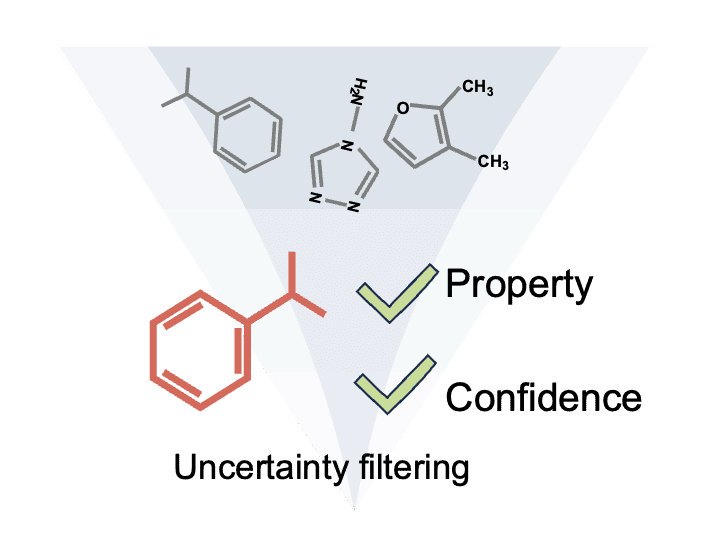ADMET Evaluation
The ADMET Evaluation function module comprises a series of high-quality prediction models trained by the Directed Message Passing Neural Network (DMPNN) framework. It enables users to conveniently and efficiently conduct calculations and predictions for 21 physicochemical properties, 19 medicinal chemistry properties, 34 ADME endpoints, 36 toxicity endpoints, and 8 toxicophore rules (751 substructures).
ADMET Screening
ADMET Screening is the batch mode of evaluation, designed for the prediction of molecular datasets. SMILES strings and SDF/TXT/CSV formatted files are supported molecular submission approaches. This module is suitable for the evaluation of empirically designed or visually screened molecules before chemical synthesis and biochemical assays, which enabling scientists to better focus their experiments on the most promising compounds.




